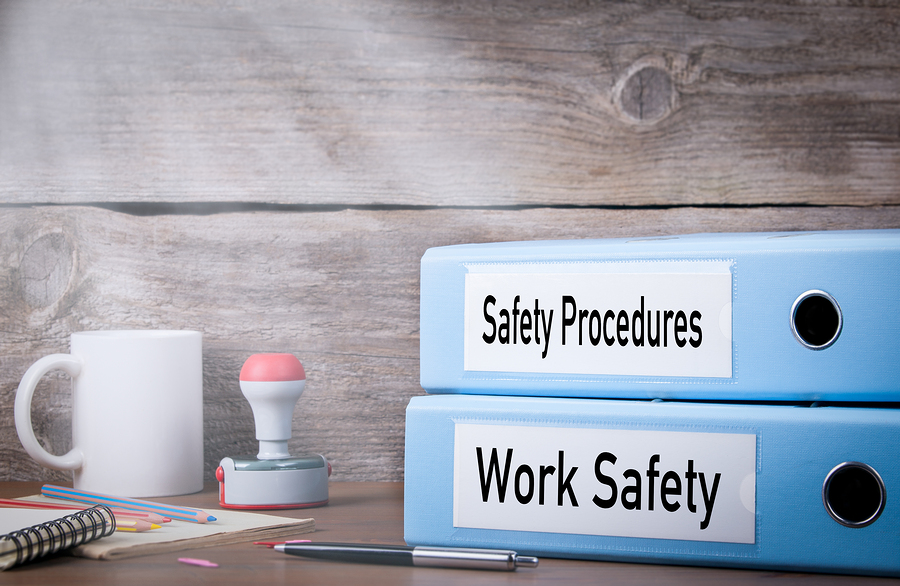The Confidential Hazardous Incident Reporting Programme reports of a number of incidents and near misses at sea. In the past year, there have been specific incidents that CHIRP reports are all too common. Here are some of the key problems and lessons learned from these incidents as reported by CHIRP and the Standard Club.
Communication is key
Problem: A pilot gave instructions to the tugs to pull away from the dock without informing anyone on the bridge.
Lesson learned: Complete exchange of information must take place before tugs are secured and specific instructions must be given to the mooring crews regarding the operation they are undertaking.
Problem: An anchor began slipping from the brake and through the chain stopper as the ship was moored at open anchorage in severe wind conditions. No instructions were given on how to best manage the situation and when the crew started hauling the anchor the windlass lost power due to a hydraulic leak and the motor needed to be replaced. The engine was required to keep the ship on station.
Lesson learned: Crews must be made aware that anchors are designed for sheltered waters and where strong winds arise, the ship should be moved to safer water or open sea.
Making life at sea safer
Problem: A design fault in the ship meant that it was dangerous to board while underway. Issues with the location of the access door and platform were evident.
 Lesson learned: Structural and financial restrictions may prevent shipowners from changing this but the transfer operation of crew should be made as safe as possible. Careful planning and identification of potential physical or procedural modifications should be made and inspected by a certified classification society to ensure compliance.
Lesson learned: Structural and financial restrictions may prevent shipowners from changing this but the transfer operation of crew should be made as safe as possible. Careful planning and identification of potential physical or procedural modifications should be made and inspected by a certified classification society to ensure compliance.
Problem: A gangway was suspended on a ship’s side in port with a lifting spreader made from objects found on the vessel, rather than the correct equipment. The shackle attaching the wire to the gangway was not in a straight line during the lift.
Lesson learned: Even in an emergency, certified equipment should be used at all times, and a safe means of access should be provided.
Problem: A seafarer was found to be painting an anchor by dangling over the side of the bow on a rope ladder, without hard hat, life jacket, harness, man ropes or life buoy.
Lesson learned: Whilst the shipowner can review the procedures and reinforce that they should be followed, each seafarer should remember they are responsible for their own safety and consider the implications of their actions.
Reporting near-misses
Problem: A compressed air bottle from a life boat was being recharged. Suddenly, the union adaptor between the breathing apparatus compressor and the air bottle disconnected, despite not having reached the maximum design pressure of the bottle. The adaptor shot off at high speed and could have caused fatal injury if it had hit anyone. CHIRP reports that is likely the incident was caused by either the misfit of a replacement part created by a different manufacturer or damaged or worn threads.
Lesson learned: Small fault still resent significant danger. Simple precautions during maintenance could stop a minor error becoming a major incident.
Problem: A blocked drain pipe was attempted to be made free with heat after air and water were unsuccessful methods. The heat pressure resulted in the blockage evacuating at a high pressure, narrowly avoiding hitting a crew member.
Lesson learned: Crew should not only stand clear from blocked pipes being cleared, but toolbox talk should include safety, hazard and risk assessment, rather than just how to get the job done quickly.
Problem: A ferry altered course and asked a ship whose path they were crossing to slow down, but did not consider a second ship whose path they were also crossing.
Lesson learned: While the other ship was able to slow down in time, the situation could have been avoided by not carrying out a manoeuvre that was not necessary.
Helping seafarers to remove themselves from danger
Problem: A flash fire broke out on the superstructure of a ship, caused by sparks from welding which fell onto rubbish and took hold rapidly. Recent painting work had not sufficiently dried between layers being painted, meaning flammable elements had not evaporated, there was no fire watch and a high-pressure cleaner was used in failed attempts to put the fire out.
Lesson learned: There are extreme dangers in hot work and those carrying it out need to be responsible for removing combustible material from the work space, complete a hot work certificate, have portable firefighting equipment close to hand and have regular firefighting patrols.
Problem: A merchant vessel had no knowledge of a yacht in its path until they were 2 cables apart, despite the yacht having AIS, VHF contact and a light on its sail.
Lesson learned: High power lighting in line with collision regulations, and active AIS are recommended.
Avoiding hazards
Problem: A large car carrier under pilotage and with a tug attached astern, was entering a lock in poor visibility, when the engine failed to operate astern. Emergency action was taken by the bridge team.
Lesson learned: Clear briefings and pre-arrival checks between pilot and master, including testing of procedures, well in advance. The engine on this ship had failed to start twice, which should have been highlighted. Deck officers should also be involved in the design of deck layout to raise potential issues.
Problem: A ship was moored on a berth which was too small and consequently its stern lines were badly deployed. A passing passenger ship caused a dangerous surge.
Lesson learned: The berth was badly chosen, the incorrect application of stern lines occurred and crew were standing in a dangerous snap-back zone in which they should not have been.
Problem: A fouled anchor on a super yacht lead to a crew member engaging in an extremely hazardous operation to clear the obstruction while the yacht was underway.
Lesson learned: There was no supervision of a seafarer who put himself in significant danger. CHIRP report that health and safety awareness should be promoted on all types of vessel, and a safety culture reinforced within the company, including safe working procedures.
Fathom-News
editor@fathom-mi.com





































